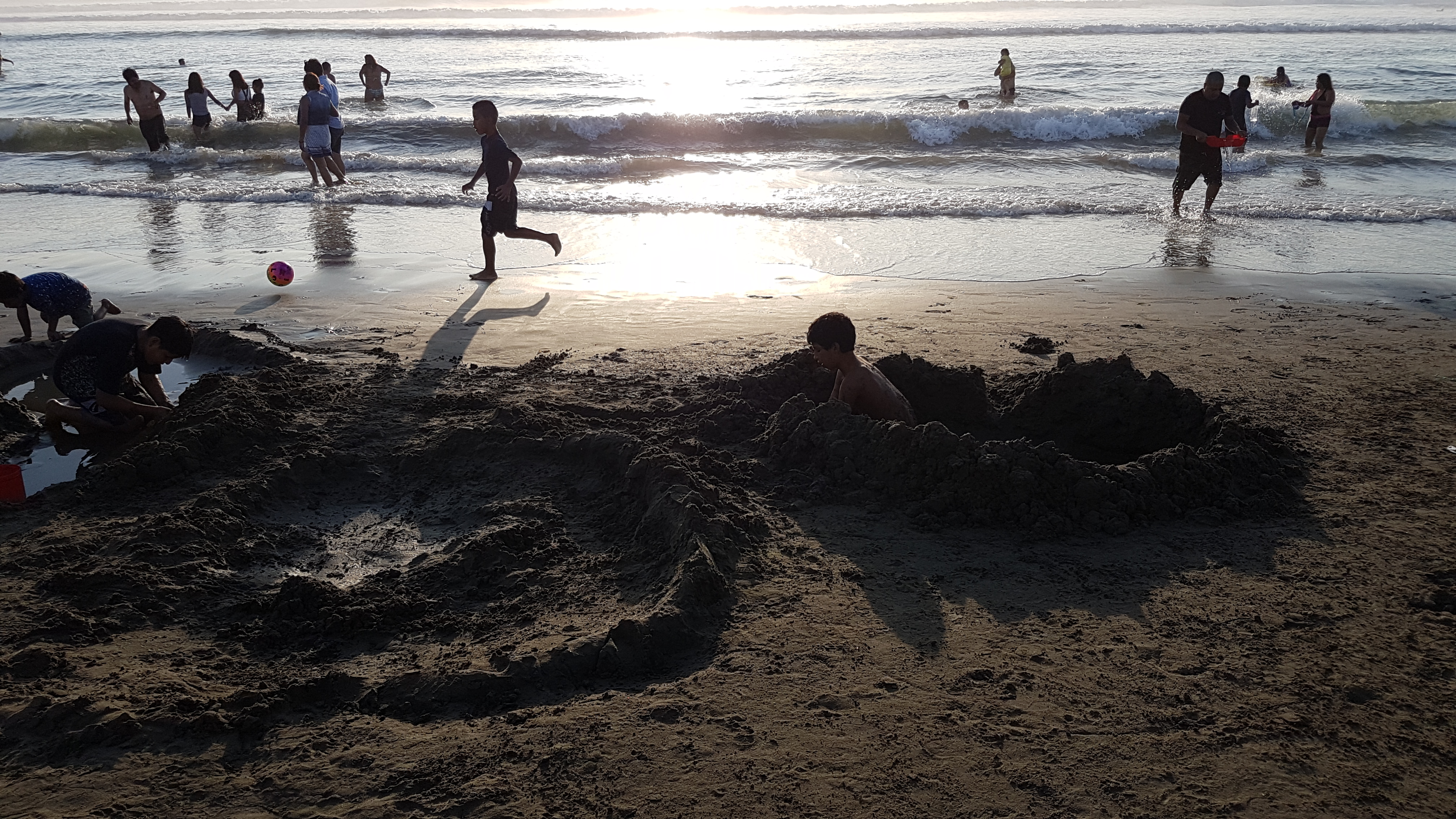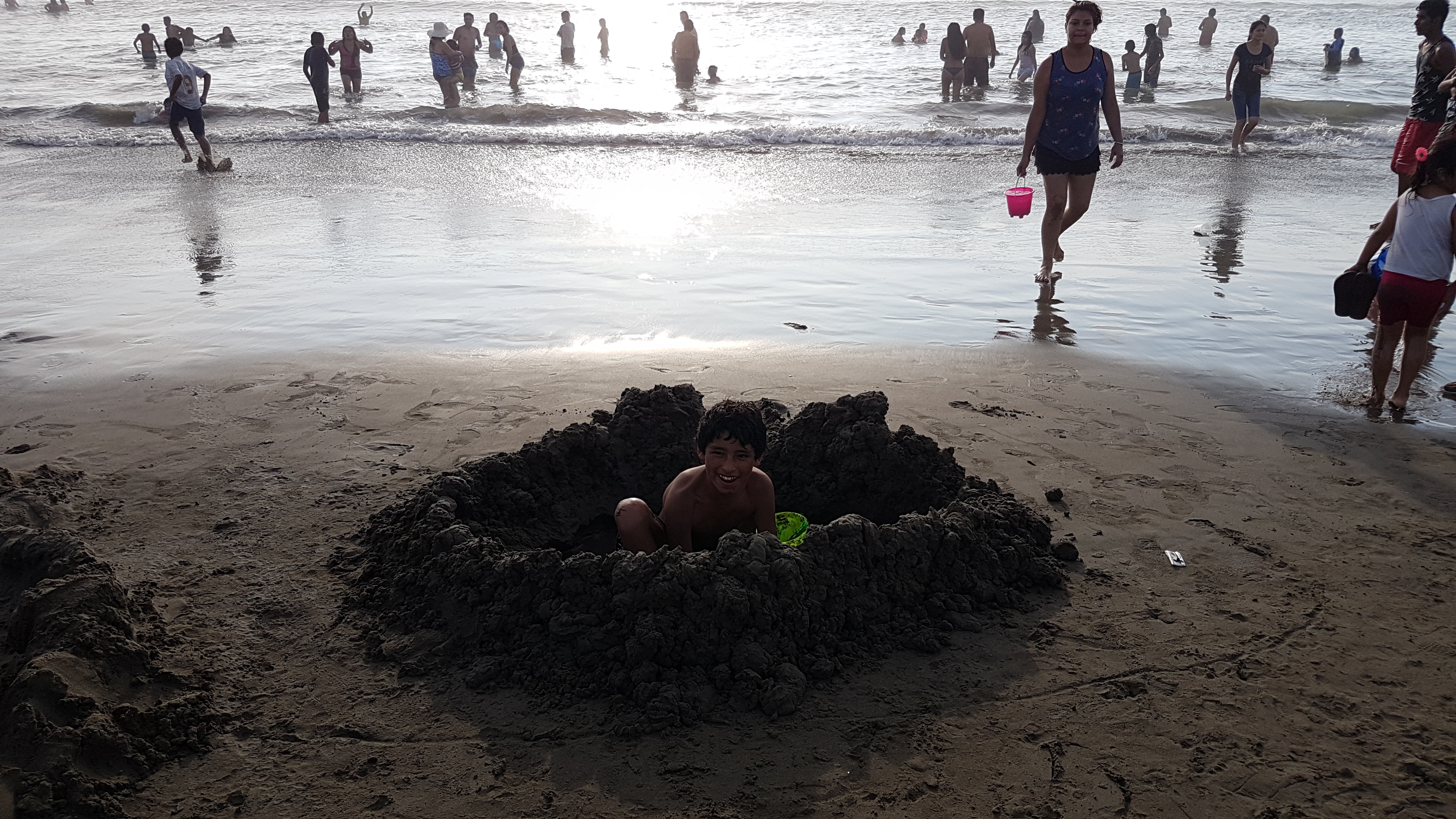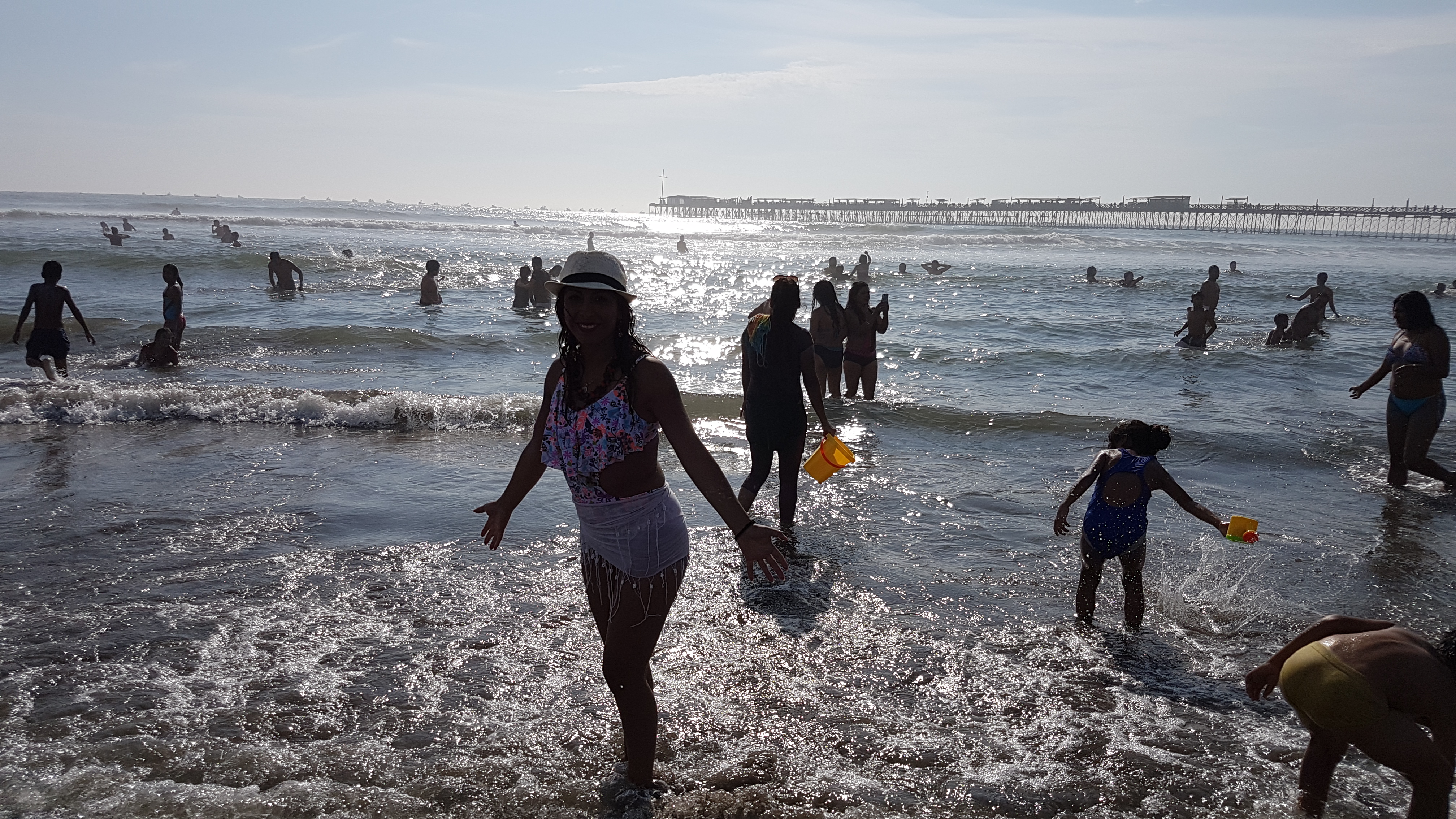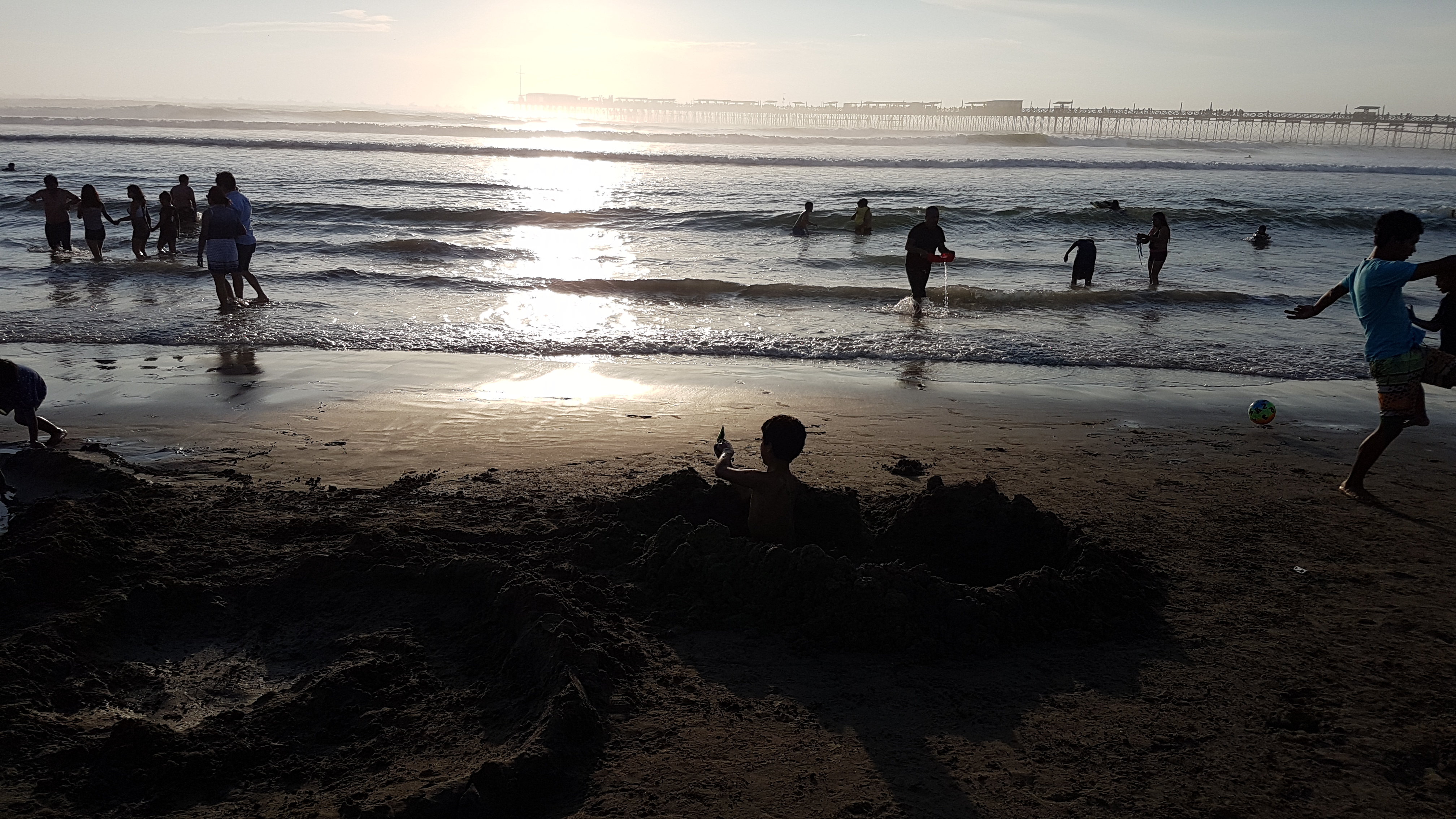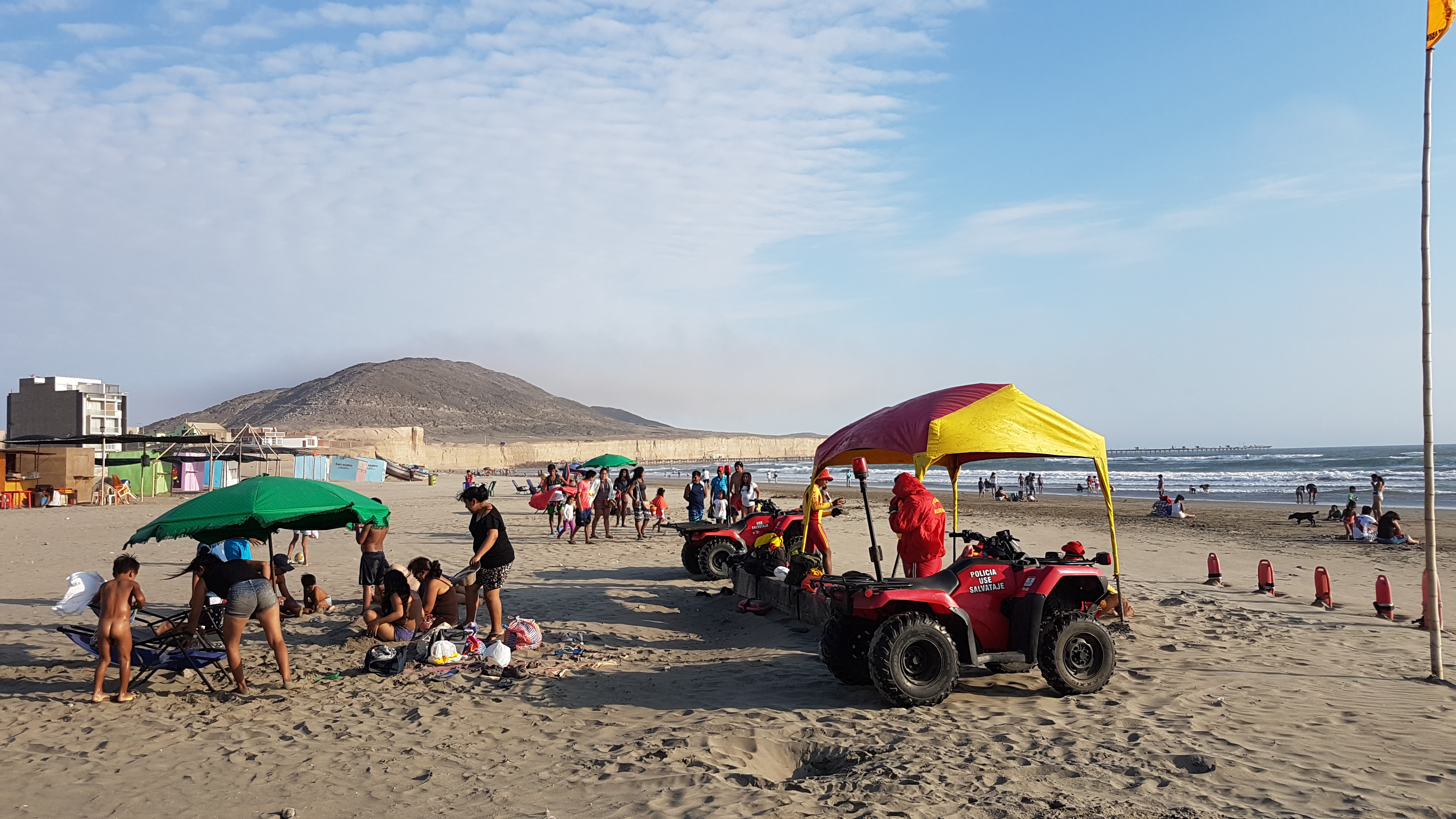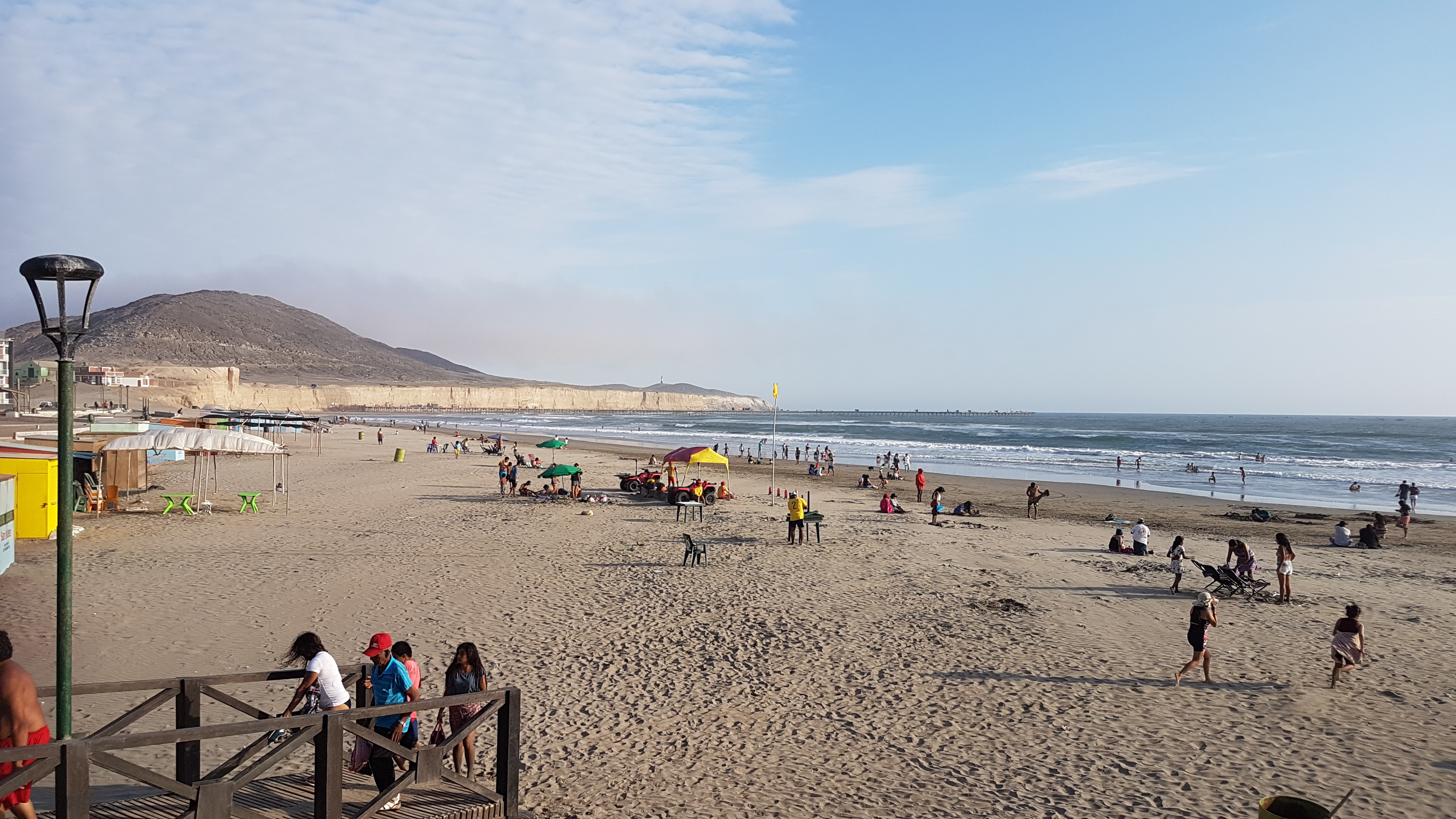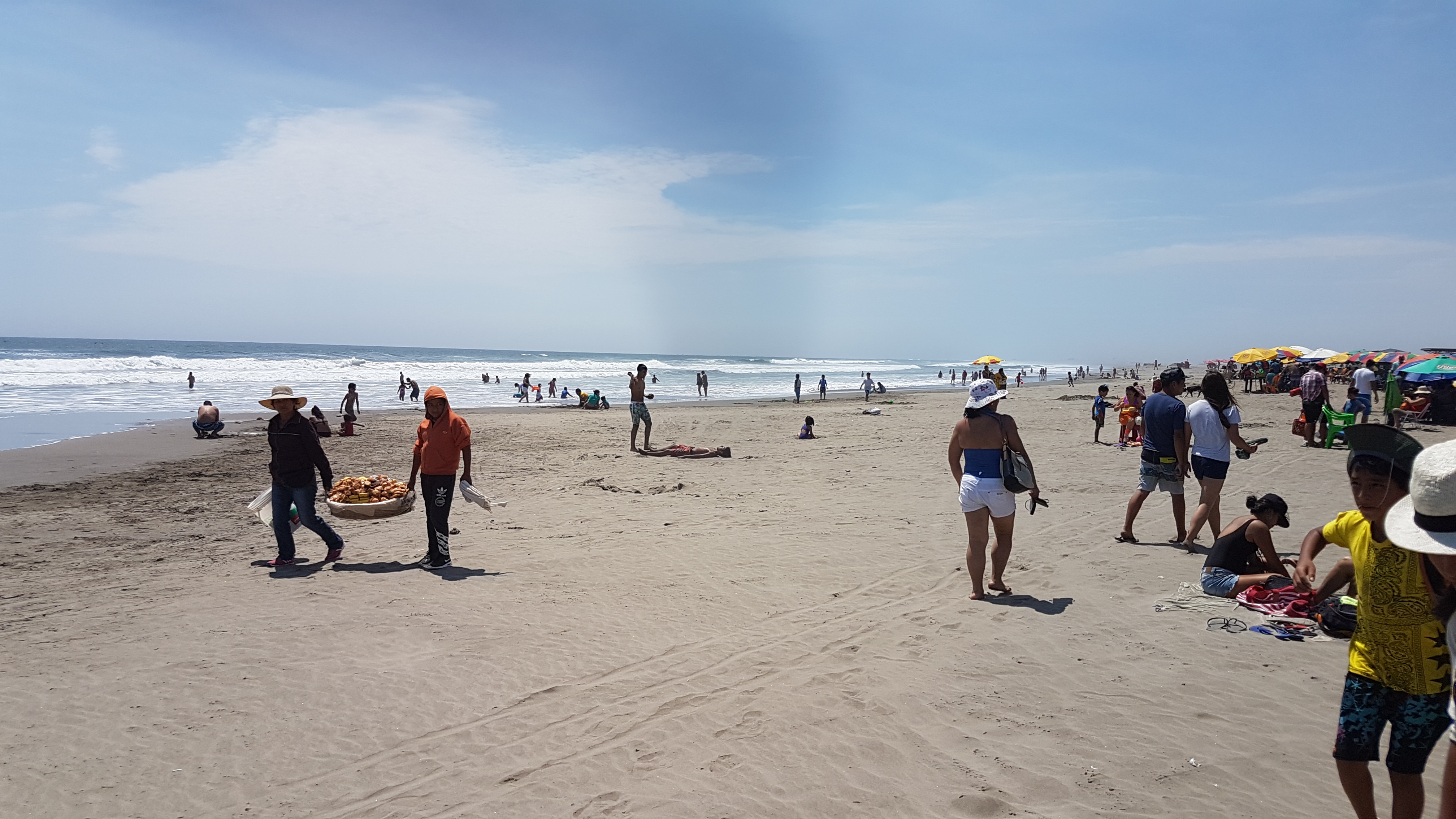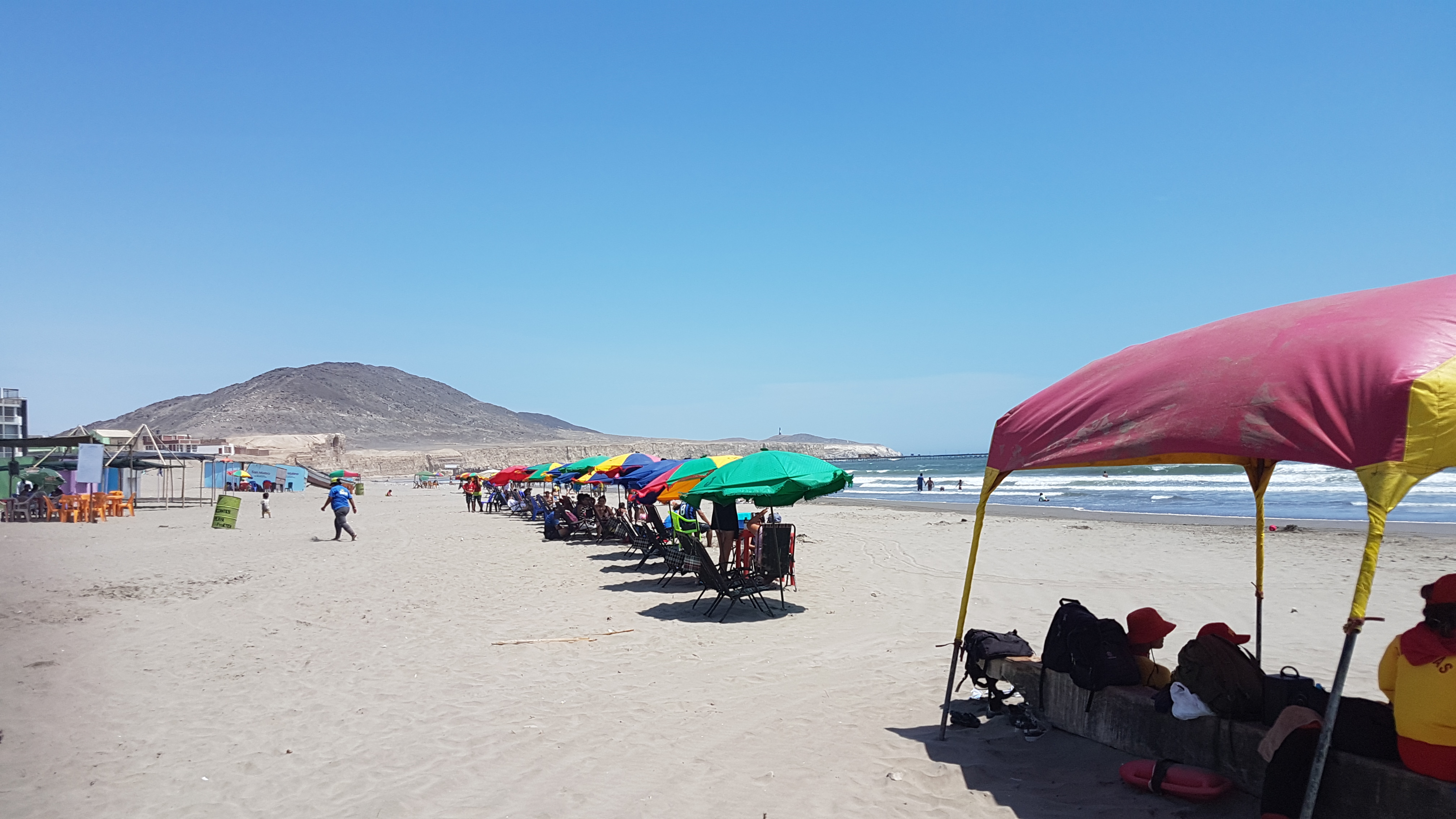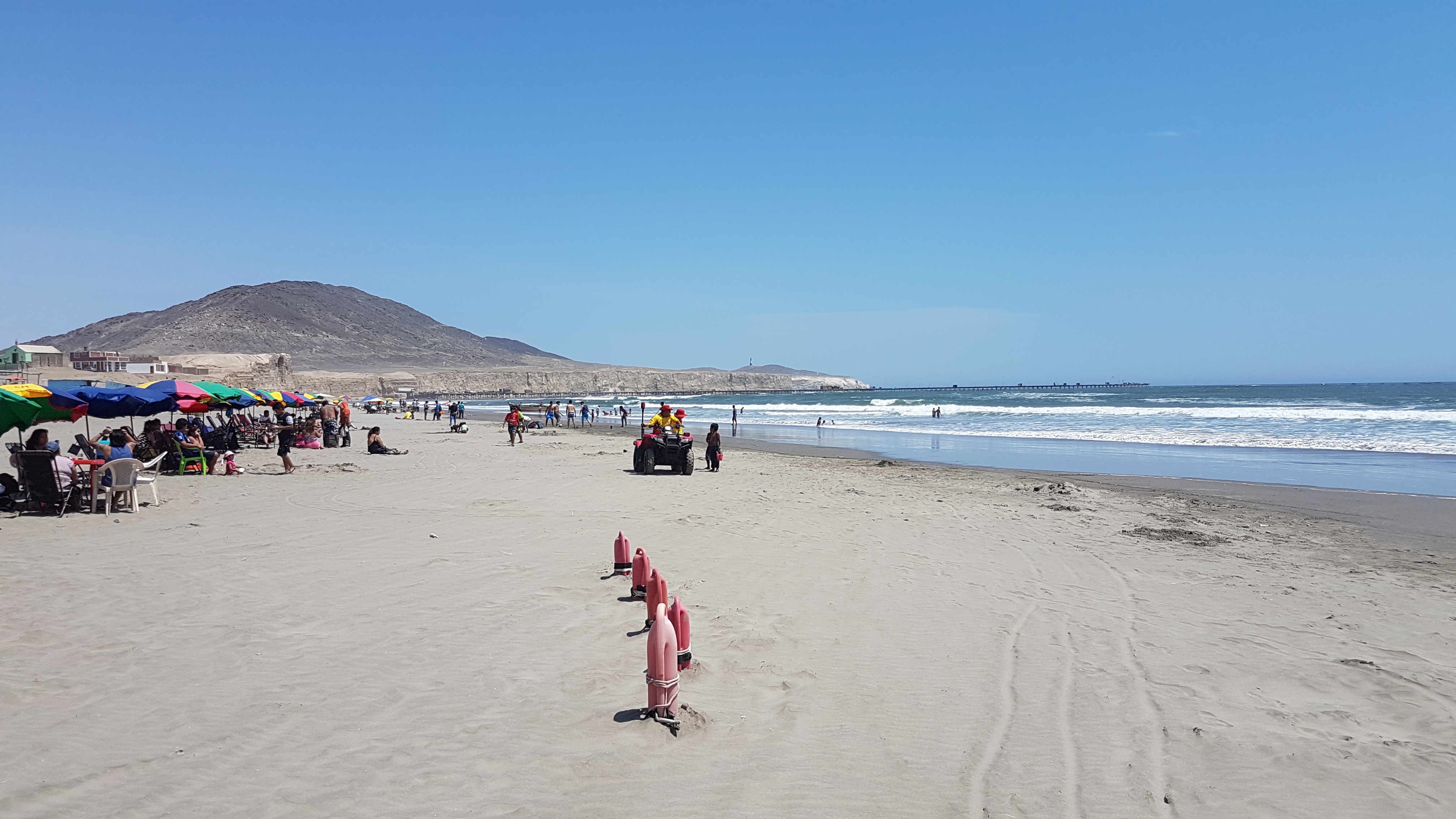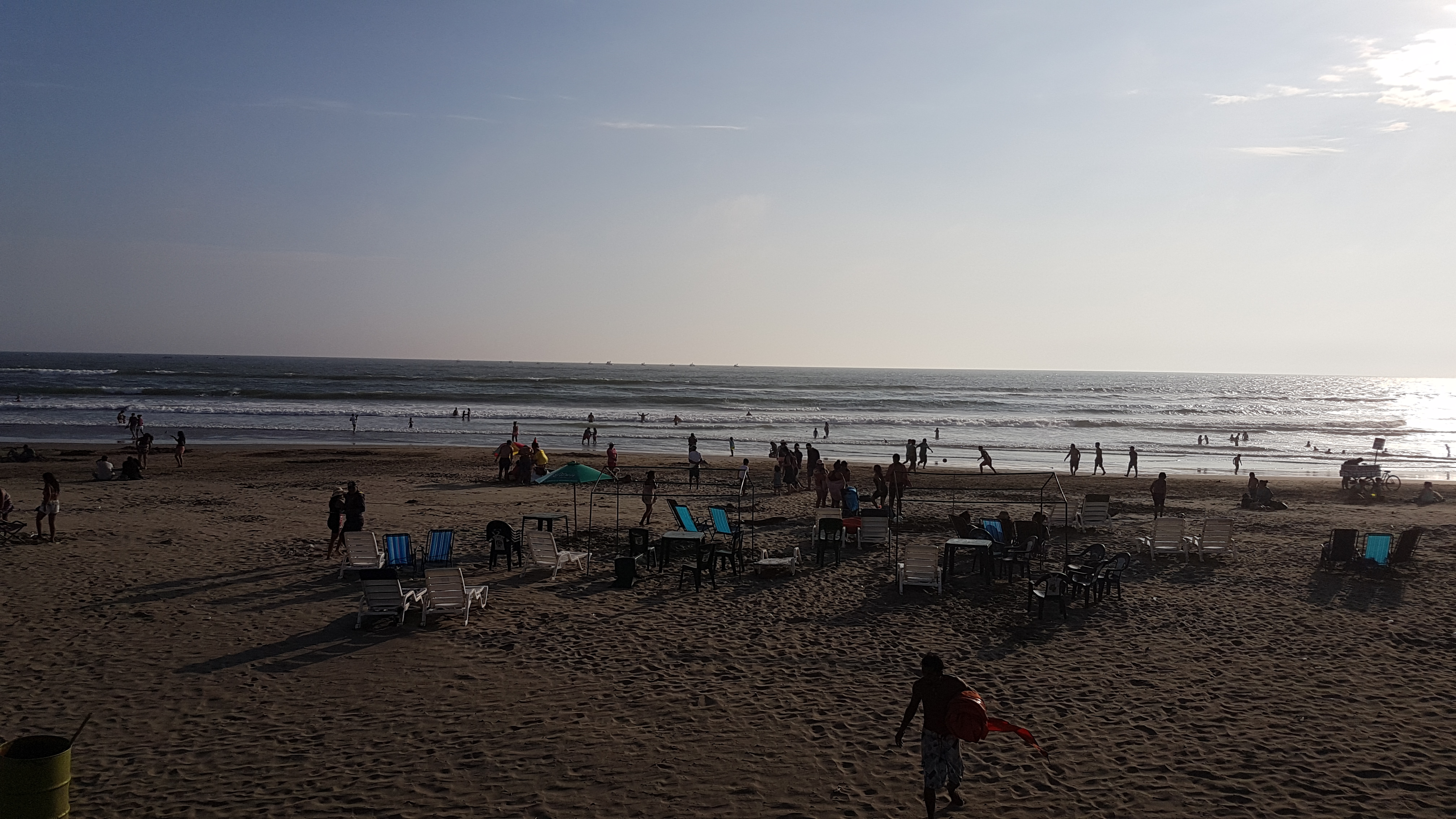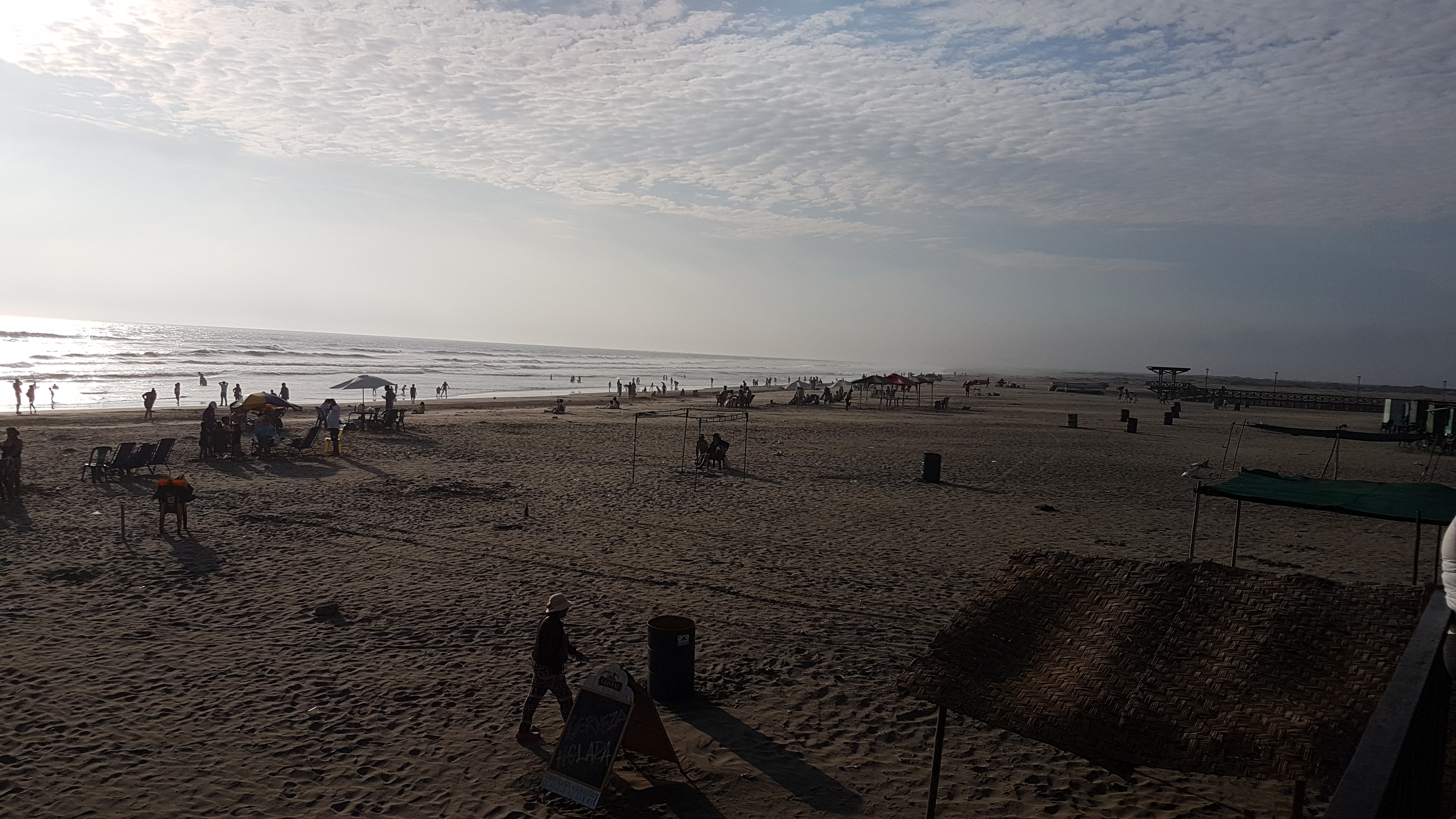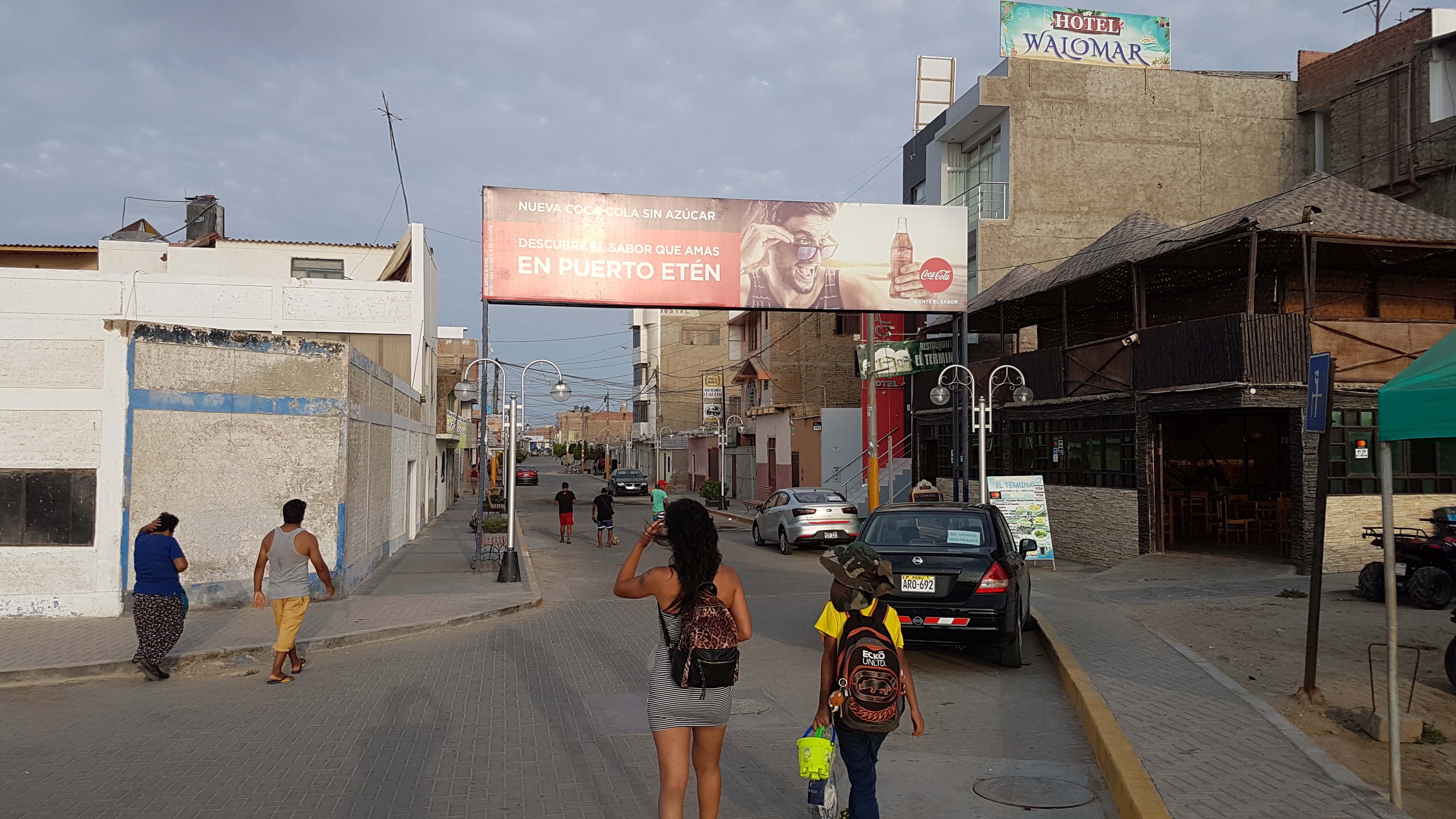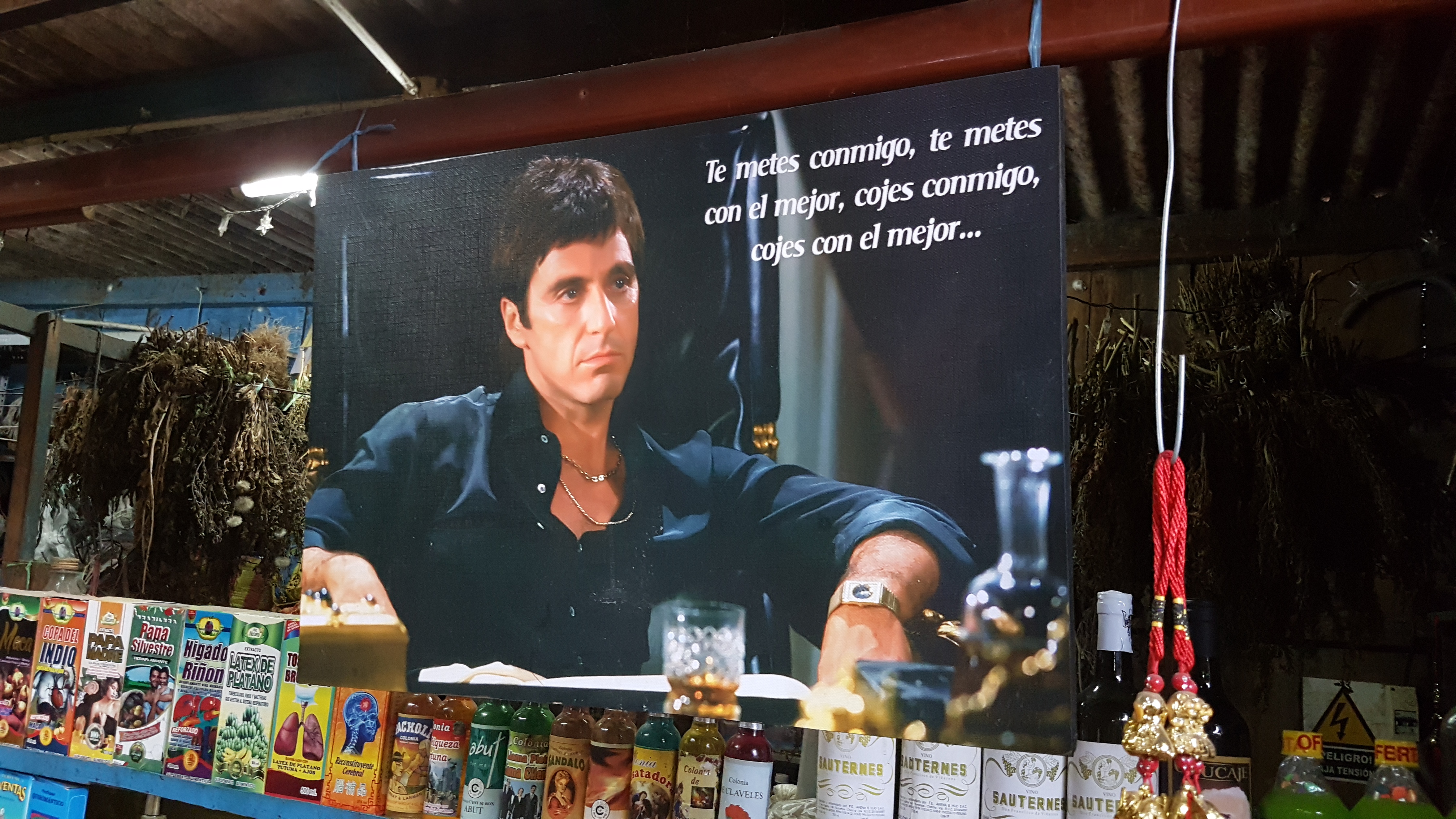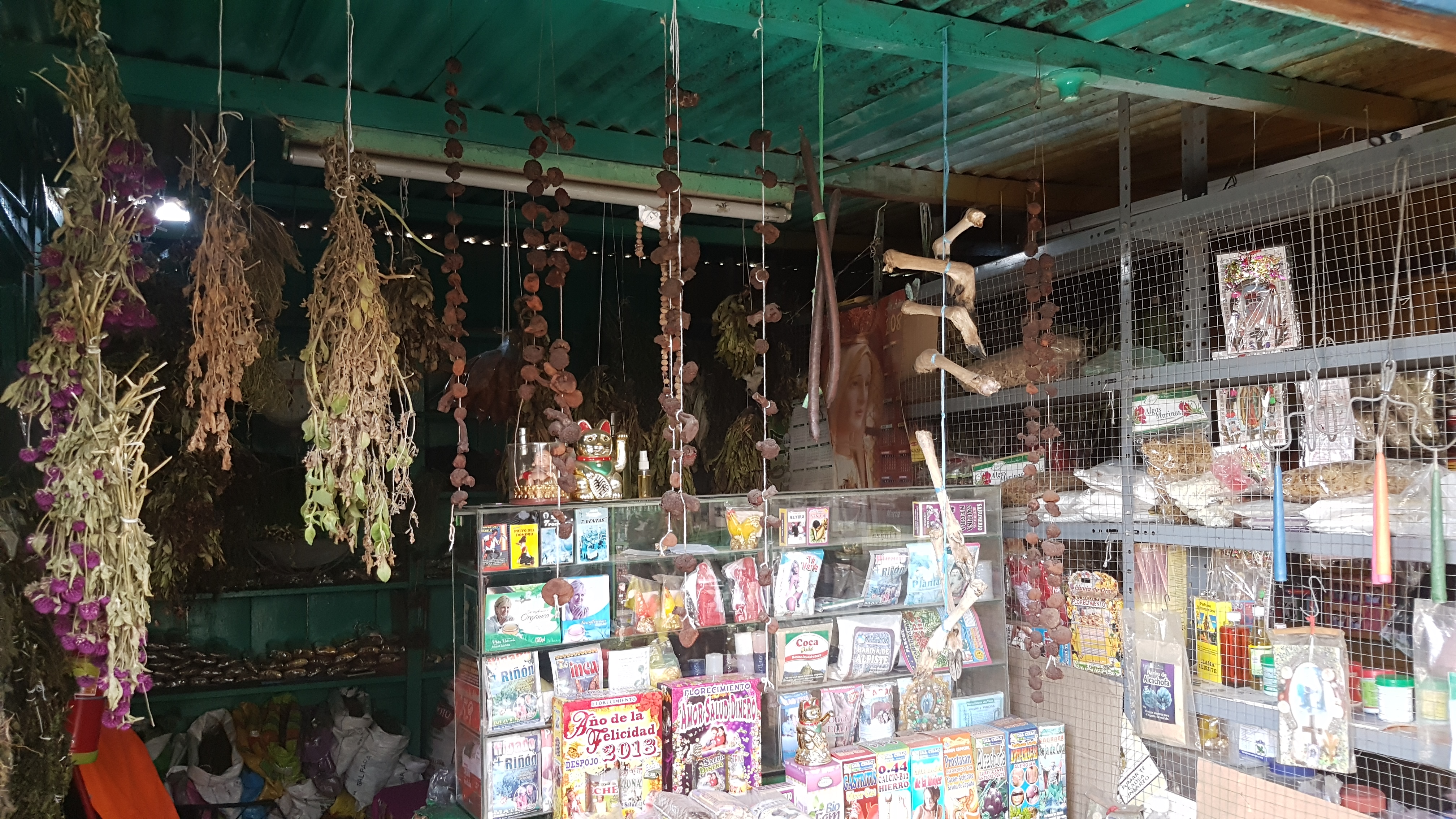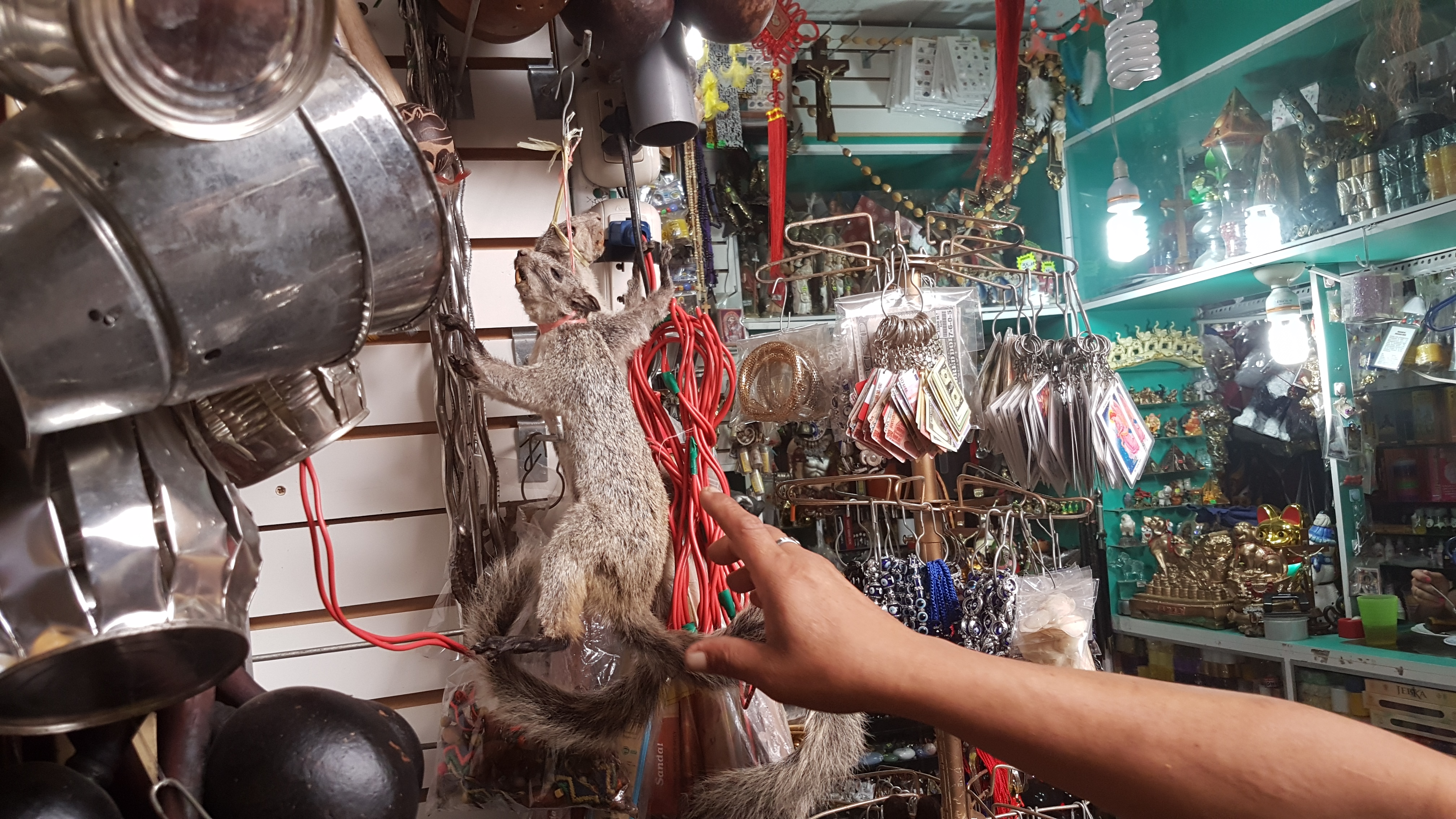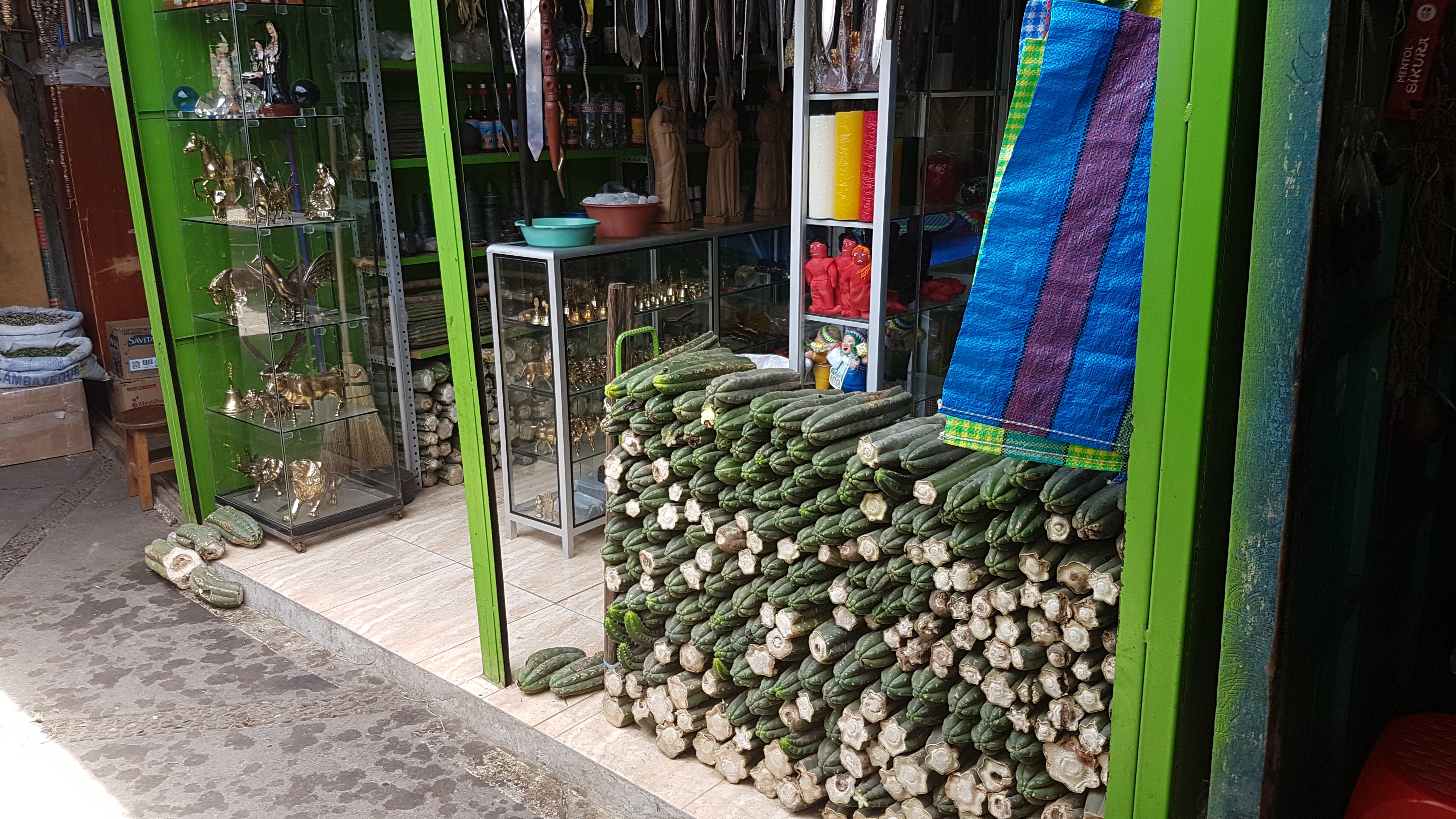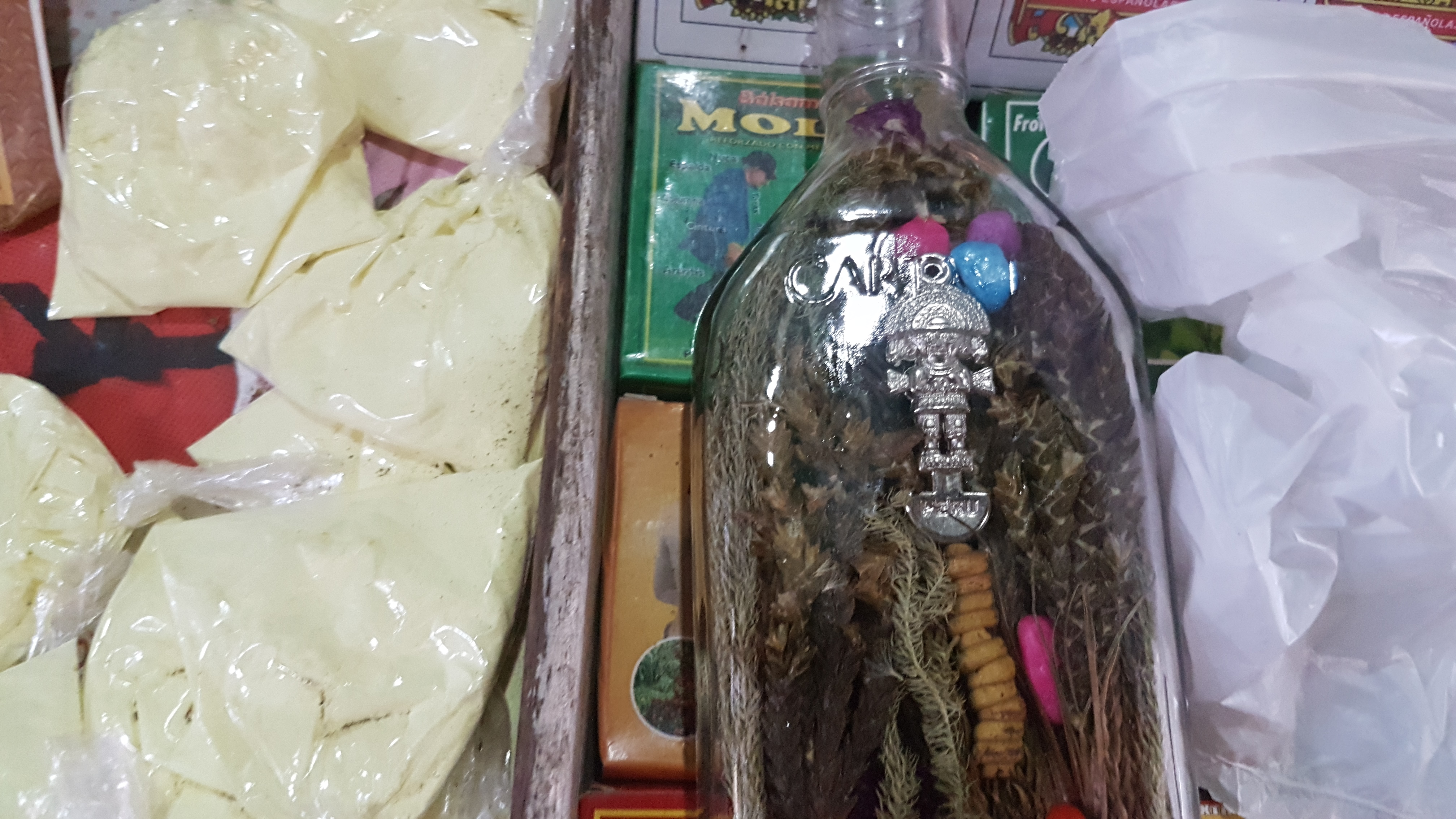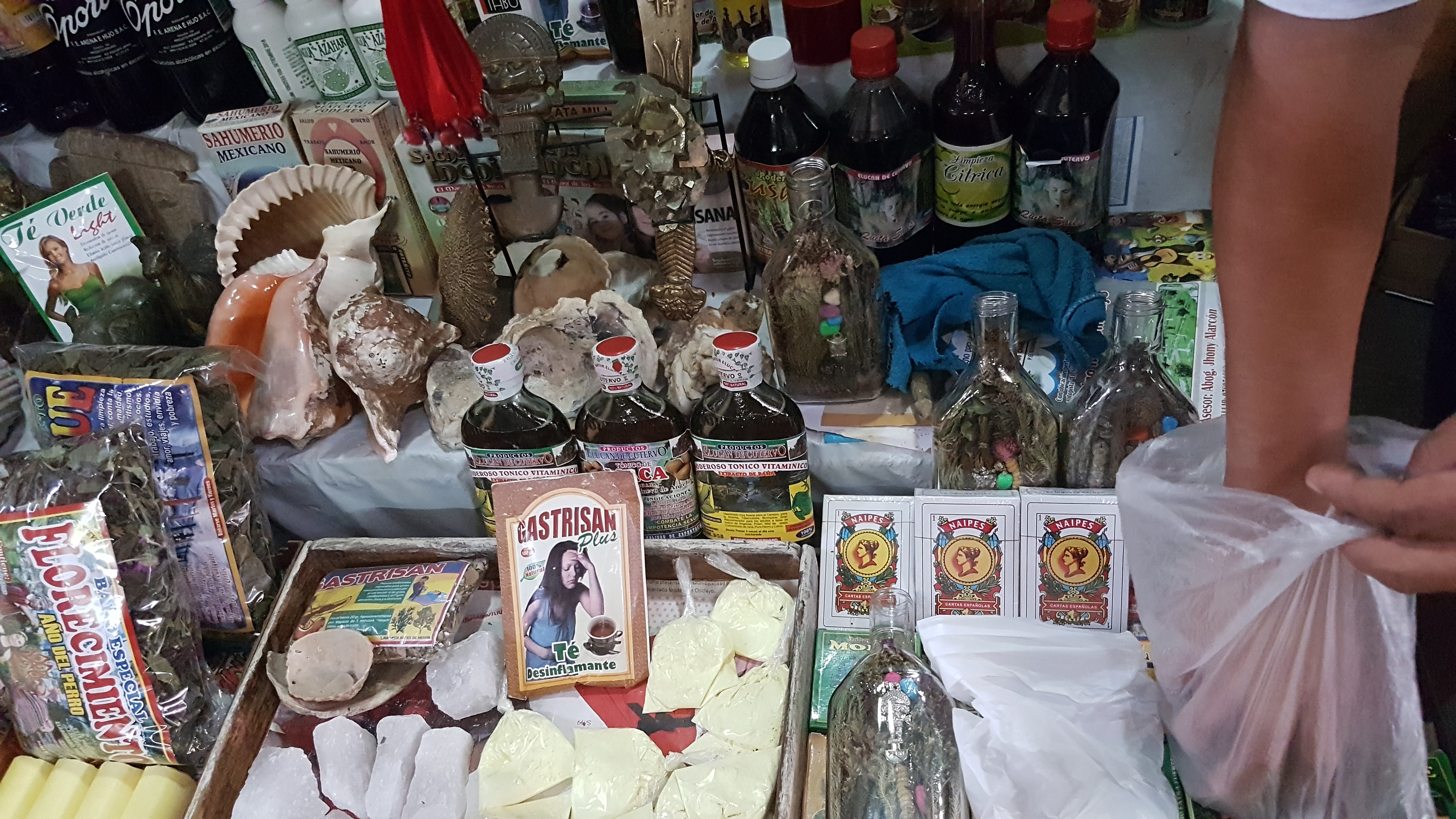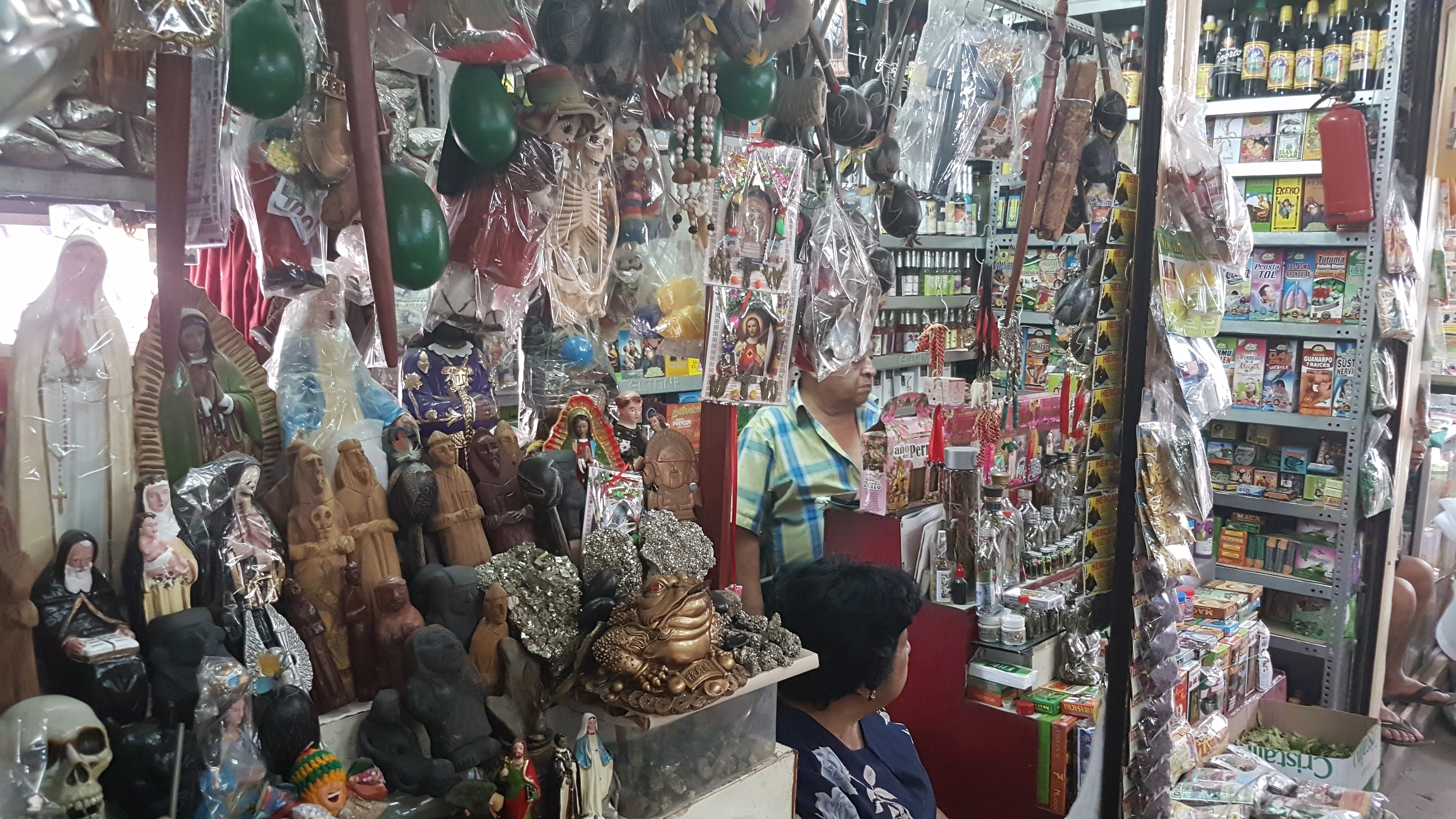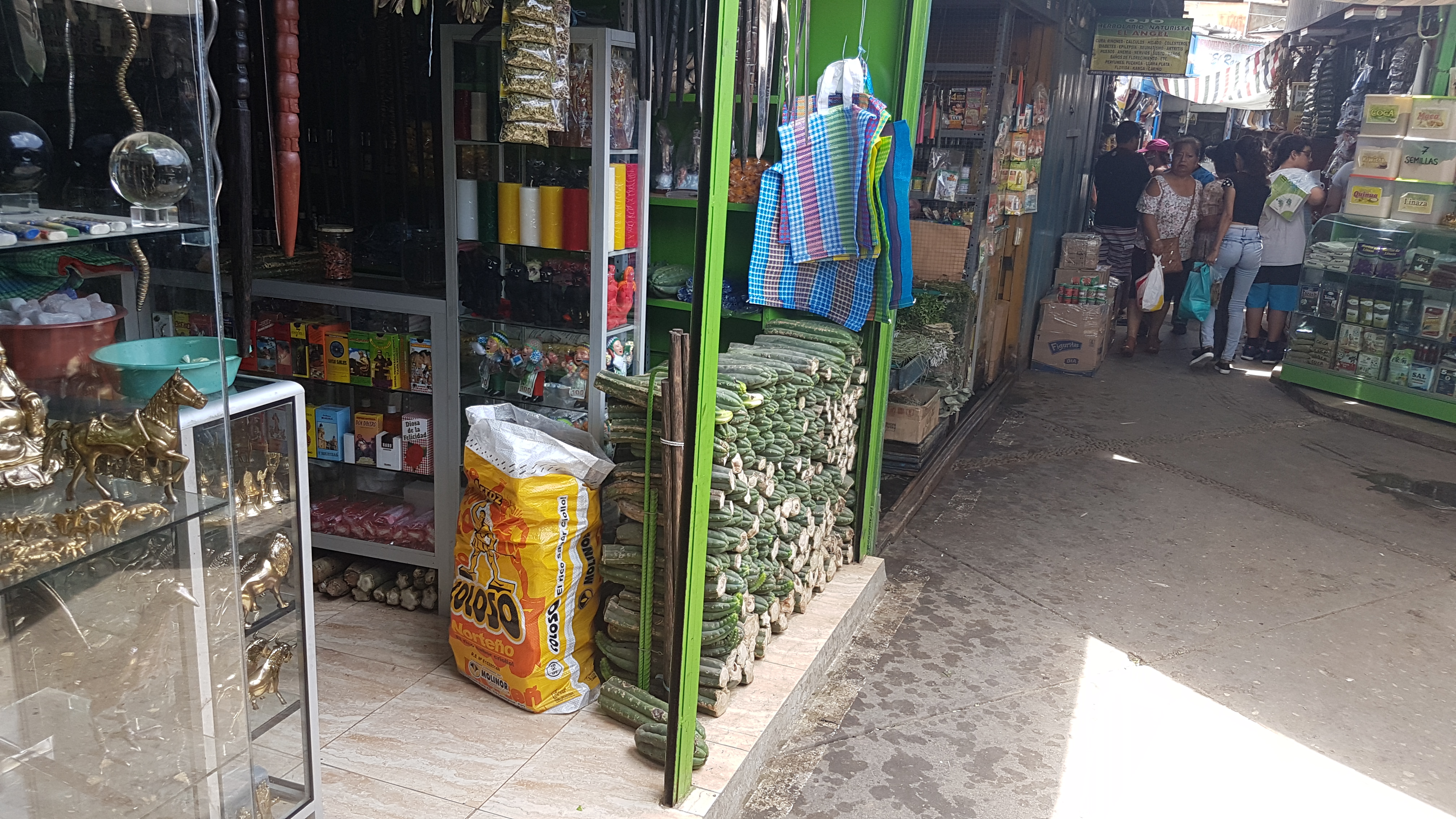When visiting the Northern Peruvian coast, it’s impossible not to stop by Chiclayo. Whether it be for business or pleasure, Chiclayo is always a great place to visit. Due to Chiclayanos’ welcoming attitude and hospitable climate, “The Capital of Friendship” is one of this city’s many nicknames. In recent years the “Perla del Norte” transformed from a sleepy native village into the fourth most populous city in Peru. Boasting a robust population of 872,300, Chiclayo is only outdone by Trujillo, Arequipa & Lima.
This impressive growth is fueled by the city’s robust list of natural attractions. Located 13 km inland from the Pacific coast, Chiclayo is the gateway to countless beaches and the Amazonas. While this location has proved to be a blessing in modern times, this wasn’t always the case. Due to its rough location in the desert, Chiclayo has seen multiple civilizations come and go. While some pre-columbian cultures flourished, most ended up becoming victims to natural disasters.
Out of all the cultures that called this rugged land home, none are more revered than the Mochicas. Between the 1st and 7th centuries AD, the Moche civilization spread across the Northern coast of Peru. By utilizing surprisingly advanced hydraulic engineering, the Moches were able to create intricate irrigation systems. These aqueducts were godsends in the dry coastal climates, and allowed the Moche to spread their kingdom throughout Ancash, Lambayeque and La Libertad. To this day their legacy is preserved by a series of ruins, intricate ceramic artwork and copper tools.
Just like the following cultures, the Moche kingdom was eventually dismantled by Mother Nature. While the Moches were able to dominate their neighbors, they couldn’t escape natural disasters. By the end of the 7th century, their entire civilization was wiped out by a series of unfortunate events caused by El Niño. After the Moche civilization was devastated by droughts, the Sican culture emerged. From 700 to 1,375 AD, they used knowledge assimulated from los Moches to dominate almost the entire Peruvian coast. While their architecture and jewelry is still adored to this day, the Sicans also fell victim to Mother Nature’s whims. After barely surviving a 30-year drought in 1020, the Sican civilization was a shadow of its former self. They barely managed to continue their dynasty for another three-hundred years before reaching an immanent collapse.
Once the Sican culture went under, the area was inhabited by the Cinto and Collique ethnic groups. While their civilization wasn’t nearly as glorious as their predecessors, they managed to survive until the Spaniards arrived. In a surprisingly hospitable act, the local chieftains donated part of their land to the construction of a Franciscan convent. This generous gesture led to the city of Chiclayo being founded in 1585 and given their own saint. Despite receiving a cathedral and numerous Spanish buildings, due to their remote location Chiclayo’s population remained mostly indigenous. It wasn’t until 1827 that Chiclayo was elevated from the level of village to villa.
Even though Chiclayo was nothing but a mere village, they managed to make a profound impact on Peruvian history. During the Peruvian War of Independence, a large number of Chiclayanos supported General José de San Martin’s liberating army. On top of sending soldiers, Chiclayo also supplied the rebel army with weapons, horses and food. Under the supervision of the progressive creole José Leonardo Ortiz, Chiclayo’s valiant contributions ensured that Peru gained independence. This led to Chiclayo receiving yet another nickname from Peruvian president Felipe Santiago Salavarrey, who dubbed Chiclayo “Heroic City” in 1835.
All these demonstrations of valor showcase the true spirit of Chiclayanos. While they are incredibly friendly to outsiders, they are willing to kick some ass in the name of freedom. This breeding ground for warriors and visionaries is a truly delightful place to explore. To highlight their local attractions, we compiled a list of the best beaches around Chiclayo. This city is filled with hidden gems, so get ready to do some exploring!
Best Beaches Around Chiclayo
Beach #1: Playa Pimentel – Located just 11 km outside Chiclayo, this beach can’t be missed. For just two soles ($0.60), visitors can take a combis out to this sleepy beach town. While the municipio is relatively calm, the beach is lined with a large variety of restaurants and bars. This gives the area a much needed burst of energy, and the entire coastline comes alive during the summer months. The water is inviting while the beach is sandy and well-maintained. It’s so close to Chiclayo that there’s no excuse not to visit, so come experience the gentle waves at Pimentel!
Beach #2: Puerto Etén – Even though this port has been operating since 1906, it still maintains a tiny population of 2,342 inhabitants. This isolated area provides a contrasting attraction to Playa Pimentel. While the aforementioned beach is lined with venues, Puerto Etén’s coast is relatively desolate.Despite being abandoned during the off-season, during the summer their playa gets filled with visitors. Thanks to the lack of development, this intimate setting attracts mostly locals. Fortunately, this beach is well maintained so it avoids the mounds of trash that other Peruvian beaches are cursed with. Puerto Etén is only 20 km outside Chiclayo, and collectivos depart every half hour from the Mercado de los Brujos.
Bonus Attraction: Mercado de los Brujos – Even though it’s far from the beach, this market place is novel enough to make our list. The Mercado de los Brujos is an interesting reminder of Chiclayo’s spiritual side. Thanks to a robust amount of pre-columbian cultures that mixed with African slaves, Chiclayo is awash in mysticism. While some of this witchcraft is noticeably dark in its intentions, other rituals and beliefs are easier to identify as shamanism. In this market, visitors can find literally every extreme to this fine line between witchcraft and spiritual wellness. From abundant reserves of revered hallucinogens such as San Pedro cactuses and Ayahuasca roots to voodoo dolls, this market place has it all.
While some of the offerings are ridiculous at best, it’s still an interesting place to explore. Many things being sold are actually natural products with proven nutritional benefits, but that doesn’t mean this market doesn’t have its novelties. From love potions to homages to Scarface, some products stretch the imagination more than others. The Mercado de los Brujos is located in the middle of the city, which offers an interesting contrast to the modern world. As long as you purchase items with good faith, there’s no reason not to create a miracle. If you don’t spend more than you care to, it’s an interesting investment into the spirit world.
